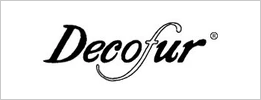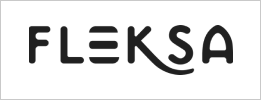Invalid traffic (IVT) encompasses any clicks. impressions. conversions. or other interactions with digital advertisements that do not come from genuine human interest in the advertised offering. This problematic traffic includes both sophisticated fraud perpetrated by bad actors and non-malicious sources like web crawlers. testing environments. and accidental clicks.
The digital advertising industry typically divides invalid traffic into two categories: General Invalid Traffic (GIVT) and Sophisticated Invalid Traffic (SIVT). GIVT includes easily identifiable sources like known spiders. crawlers. and testing traffic. SIVT involves more advanced deception methods like bot networks. hijacked devices. hidden ads. and domain spoofing that require specialized detection techniques.
Invalid traffic significantly impacts marketing effectiveness by wasting ad budgets. skewing performance metrics. and undermining confidence in digital advertising. Industry estimates suggest that up to 40% of all web traffic may be non-human. with advertising-focused invalid traffic costing advertisers billions annually.
Prevention strategies include implementing ads.txt to combat unauthorized inventory reselling. using third-party verification services. requiring viewability measurement. monitoring for traffic anomalies. and working with partners certified by industry watchdogs like the Trustworthy Accountability Group (TAG) that maintain rigorous anti-fraud standards.
























Michael Smith
-